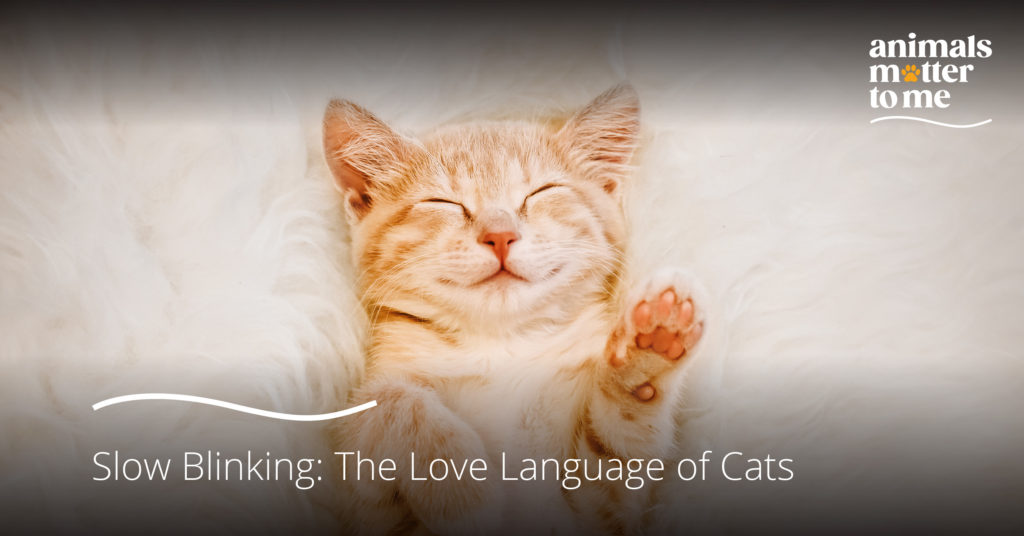
Cats have long captivated our hearts with their mysterious and enigmatic nature. As cat lovers, we often find ourselves trying to decipher their unique language and understand what they’re trying to communicate to us. In The Hidden Language of Cats: How They Have Us at Meow, author Sarah Brown delves into the fascinating world of feline communication. Drawing from her extensive research and experience as a renowned cat behavior scientist, Brown provides insights into the various ways cats communicate with each other and with their human companions. In this article, we will explore the key findings and revelations from Brown’s book to unlock the secrets of the hidden language of cats.
Chapter 1: Vocalizations – Beyond the Meow
The Multitude of Meows
Contrary to popular belief, cats don’t only communicate through meowing. While meowing is commonly associated with cat communication, it is primarily a vocalization used by kittens to communicate with their mother. As cats grow older, they tend to use other forms of communication to express their needs and emotions. Brown explains that adult cats rarely meow to each other, reserving this vocalization for interactions with humans. This unique adaptation has allowed cats to tap into our nurturing instincts by using a sound reminiscent of a human infant’s cry.
The Power of Purring
One of the most soothing sounds in the world is the gentle purring of a contented cat. Purring is a complex vocalization that can convey a range of emotions and messages. While we often associate purring with happiness, cats also purr when they are anxious, stressed, or in pain. Brown suggests that purring may serve as a self-soothing mechanism for cats, helping them cope with various situations. Additionally, purring can be a form of communication between cats, signaling relaxation and non-aggression.
Beyond Meows and Purrs
In addition to meowing and purring, cats use a variety of other vocalizations to communicate. These include hissing, growling, chirping, trilling, and even yowling. Each vocalization carries a distinct meaning and is used in specific situations. Hissing and growling, for example, are defensive vocalizations used to ward off potential threats. Chirping and trilling, on the other hand, are often used as friendly greetings or expressions of excitement. Understanding these different vocalizations can help us better interpret our feline friends’ messages.
Chapter 2: Body Language – The Art of Non-Verbal Communication
Tail Talk
A cat’s tail is a powerful tool for communication. The position, movement, and posture of the tail can convey a wealth of information about a cat’s mood and intentions. For example, a relaxed and upright tail indicates a friendly and confident cat, while a tucked tail signals fear or submission. A gently swaying tail can indicate curiosity or interest, while a twitching tail may indicate agitation or annoyance. By closely observing a cat’s tail, we can gain valuable insights into their emotional state.
Ears as Emotion Indicators
Just like humans, cats also use their ears to express their emotions. The position and movement of the ears can provide valuable clues about a cat’s mood. When a cat’s ears are in a forward position, it typically indicates alertness and curiosity. Conversely, flattened ears suggest fear or aggression. The ability to interpret a cat’s ear language can help us respond appropriately to their needs and emotions.
Eye Contact and Blinking
Eye contact and blinking play a significant role in feline communication. Cats use direct eye contact to assert dominance or challenge other cats. However, prolonged eye contact can be seen as a threat or aggression. On the other hand, slow blinking is a sign of trust and relaxation. When a cat blinks at you slowly, it’s their way of saying, “I trust you.” Returning the slow blink can help strengthen the bond between you and your cat.
Cat Postures and Stances
Cats have a wide range of postures and stances that they use to communicate. A cat standing tall with an arched back and puffed-up fur is displaying aggression or fear. Conversely, a relaxed and loose posture indicates that the cat feels safe and comfortable. Paying attention to these postures can help us gauge a cat’s comfort level and respond accordingly. It’s essential to respect a cat’s boundaries and provide them with a safe and secure environment.
Chapter 3: Scent Signals – The Invisible Language

The Power of Pheromones
Cats rely heavily on scent signals to communicate with each other and mark their territories. They have scent glands located in various parts of their bodies, including their cheeks, paws, and tails. When a cat rubs against objects or people, they are leaving their scent behind as a form of communication. These scent signals convey messages such as territorial ownership, familiarity, and social bonding. Understanding the significance of scent in cat communication can help us create a harmonious environment for our feline friends.
Spraying and Marking
Spraying is a particularly potent scent-based communication method used by cats. By spraying urine on vertical surfaces, cats can mark their territory and communicate their presence to other cats. While this behavior may be frustrating for cat guardians, it is an instinct for cats. Brown emphasizes the importance of providing appropriate outlets for marking behavior, such as scratching posts and vertical surfaces, to prevent unwanted spraying indoors.
The Intricacies of the Flehmen Response
Have you ever noticed your cat making a peculiar face, with their upper lip curled and their mouth slightly open? This behavior is known as the Flehmen response and is a way for cats to analyze and process scents more effectively. By curling their lip, cats direct scent molecules to their vomeronasal organ, which helps them gather more information about the smells in their environment. The Flehmen response is often seen when cats encounter new scents or when they are investigating potential mates.
Chapter 4: Touch and Tactile Communication

The Importance of Grooming
Grooming plays a crucial role in feline social bonding and communication. Cats groom each other as a way to strengthen their social bonds and establish trust. It’s also a form of mutual grooming that helps cats maintain their hygiene and keep their coats in optimal condition. As cat guardians, we can participate in this bonding ritual by gently brushing and petting our cats. These moments of physical contact can deepen our connection with our feline companions.
The Language of Head Bumps
When a cat rubs their head against you, they are not only seeking attention but also marking you with their scent. This behavior, known as head bumping or bunting, is a friendly gesture that signifies trust and affection. By leaving their scent on you, cats are essentially claiming you as part of their social group. Head bumps are a clear indication that your cat considers you a trusted companion.
The Power of Touch
Physical touch is a fundamental aspect of feline communication. Cats communicate through touch by rubbing against people and objects, as well as through gentle pawing and kneading. These tactile interactions serve as a means of social bonding and can be incredibly comforting for cats. By responding to their desire for touch and initiating gentle, non-intrusive contact, we can strengthen our bond with our cats and create a sense of security and well-being.
Chapter 5: Understanding Cat Behavior
Solitary Hunters and Social Animals
Cats have a unique evolutionary history that has shaped their behavior and communication patterns. While they are solitary hunters by nature, they have also developed social tendencies, particularly when it comes to living in human households. Understanding the duality of their nature can help us provide an environment that meets both their individual needs for solitude and their social needs for companionship.
The Influence of Early Socialization
Early socialization plays a crucial role in a cat’s ability to communicate and form relationships. Kittens who receive positive social experiences during their early development are more likely to become confident and sociable cats. On the other hand, kittens who lack proper socialization may struggle with fear and anxiety, leading to communication challenges. Providing kittens with a nurturing and enriching environment from an early age sets the foundation for healthy communication skills.
The Role of Environment in Communication

The physical environment in which cats live greatly influences their communication patterns. Providing cats with a stimulating and enriching environment allows them to engage in natural behaviors and communicate more effectively. Elements like vertical spaces, scratching posts, hiding spots, and interactive toys help cats express themselves and establish their territory. By creating an environment that caters to their instincts, we can foster healthy communication and overall well-being.
Conclusion
The Hidden Language of Cats: How They Have Us at Meow offers us a glimpse into the intricate world of feline communication. Through their vocalizations, body language, scent signals, and tactile interactions, cats convey a wealth of information about their emotions, needs, and desires. By learning to decipher their hidden language, we can forge stronger bonds with our feline companions and provide them with the enriched and fulfilling lives they deserve. So, next time your cat meows, purrs, or rubs against you, take a moment to tune in and listen to the captivating language of cats.